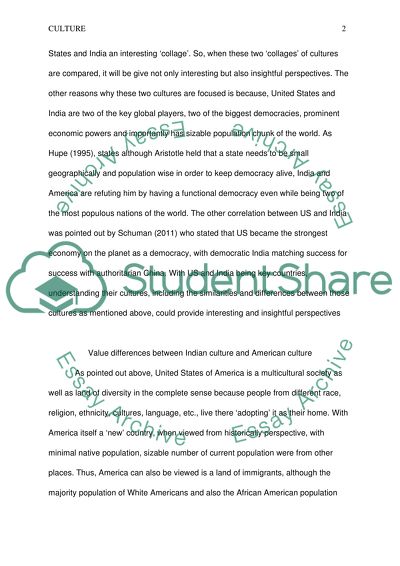Cite this document
(“International and Cross Cultural Communication Term Paper”, n.d.)
Retrieved de https://studentshare.org/sociology/1393963-international-and-cross-cultural-communication
Retrieved de https://studentshare.org/sociology/1393963-international-and-cross-cultural-communication
(International and Cross Cultural Communication Term Paper)
https://studentshare.org/sociology/1393963-international-and-cross-cultural-communication.
https://studentshare.org/sociology/1393963-international-and-cross-cultural-communication.
“International and Cross Cultural Communication Term Paper”, n.d. https://studentshare.org/sociology/1393963-international-and-cross-cultural-communication.


